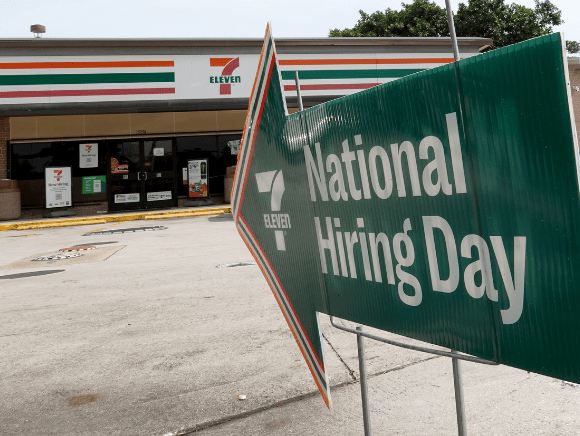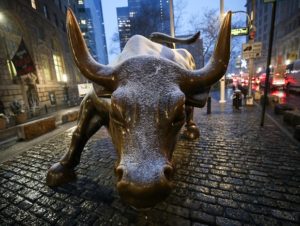The August jobs report was good but not great. After months of exceptional employment gains, the US labor market could be showing signs of easing after several interest rate hikes by the Federal Reserve. From higher unemployment to more Americans working two or more jobs, the data could be painting an economic landscape of slowing growth and diminishing tightness. Of course, President Joe Biden will be taking another victory lap – as he should, based on the headline numbers – but the bullish nature of the jobs arena may start to dissipate, turning that smile upside down.
The Good and Bad of the August Jobs Report
The US economy created 315,000 new jobs in August, slightly higher than the market estimate of 300,000, according to the Bureau of Labor Statistics (BLS). This is down from the 526,000 added positions in July. The BLS also revised its June and July numbers by a combined 107,000 (105,000 in June and 2,000 in July).
 It should be noted that business reporters and market analysts can utter “created” once again because all the employment lost during the coronavirus pandemic has returned.
It should be noted that business reporters and market analysts can utter “created” once again because all the employment lost during the coronavirus pandemic has returned.
Last month, the unemployment rate rose to 3.7%, up from 3.5%. The labor force participation rate climbed from 62.1% to 62.4%, which may be caused by more Americans trying to fend off the inflationary monster that has eaten away at consumers’ bank accounts. Average hourly earnings edged up 0.3%, or ten cents, to $32.36. Average weekly hours dropped to 34.5, down from 34.6.
Job gains were scattered throughout the marketplace, led by professional and business services (+68,000), health care (+48,000), and retail trade (+44,000). Manufacturing and mining picked up 22,000 and 6,000 positions, respectively. Employment levels in financial activities jumped by 17,000, while wholesale trade tacked on 15,000. Conditions were little changed in construction, transportation, warehousing, information, and government.
But the August jobs report also highlighted concerning components of the labor situation that remain elevated. The number of people working part-time but would have preferred clocking in full-time hours hovered above 4.1 million. Americans who are not in the labor force and currently want a position held steady at 5.5 million, above the February 2020 level of five million. Individuals working two or more jobs topped 7.5 million, accounting for close to 5% of all workers employed.
Financial Markets Rejoice
The leading benchmark indexes rallied after the figures were released. The Dow Jones Industrial Average rose more than 200 points, the S&P 500 inched 0.8% higher, and the Nasdaq Composite Index increased nearly 100 points. US Treasury yields were mainly in the red, with the benchmark ten-year yield down 4.4 basis points to 3.221%. But the recession-indicating spread between the two- and ten-year yields remained around -20 basis points. In a sign of investor confidence, the US Dollar Index (DXY), a gauge of the greenback against a basket of currencies, declined 0.44% to 109.20, from an opening of 109.69. Even the energy and metal commodities markets enjoyed a boost at the end of the trading week.
‘Meh’ News is Good News?
It is safe to say that if the US labor market showed any number that significantly topped economists’ expectations, equities would have cratered. However, now that the red-hot jobs arena could be showing signs of being doused by the Federal Reserve hawks, investors are hopeful that the central bank may tergiversate on its ultra-hawkish plans to keep interest rates higher for longer.
As Liberty Nation recently reported, Fed Chair Jerome Powell essentially buried his soft-landing balderdash and warned that “some pain” would be coming for households and businesses. In other words, everyone should anticipate tepid growth and rising unemployment. According to the Eccles Building, killing demand – be it for labor or goods and services – is the only way to eviscerate inflation.
In the end, the country could be witnessing the side effects of a higher fed funds rate. Economists generally recommend waiting at least six months to see the impact of a fiscal or monetary policy. For example, the United States witnessed this in the aftermath of the American Rescue Plan (ARP): six months after the legislation was approved, inflation started increasing. So, will an “official” recession be declared in the next six months if the rising-rate environment destroys the post-crisis economy?





